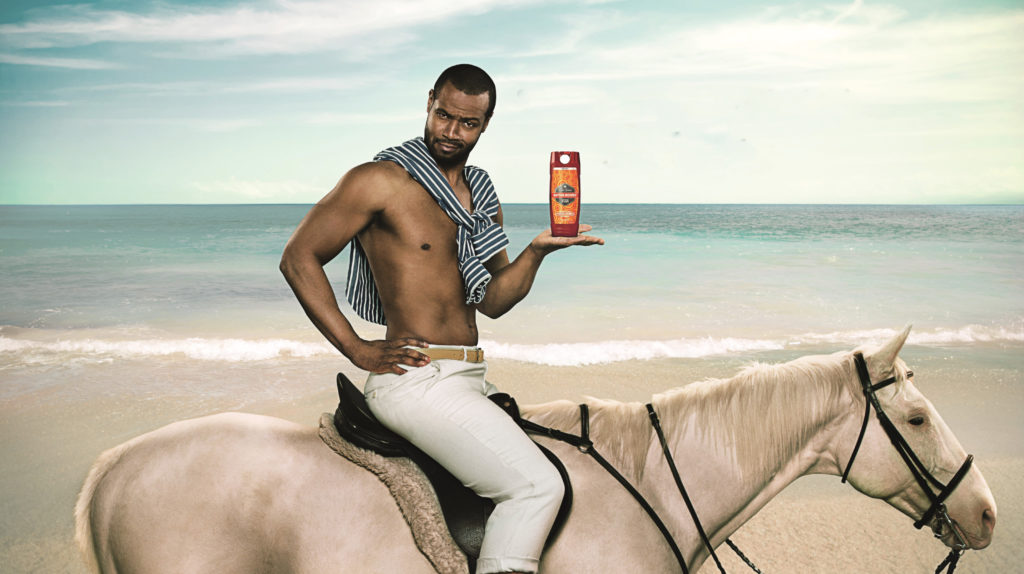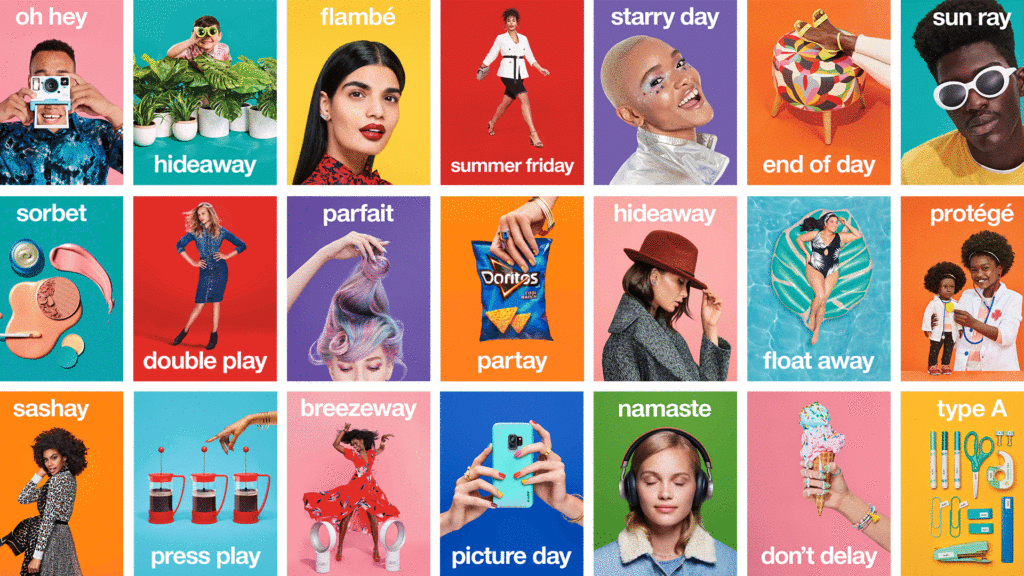
Flux is a brand transformation studio. We take brands from now to next by crafting identities that catch eyes and touch hearts. Your brand identity is more than your logo. It’s more than descriptions of your offerings. Your identity is what connects your brand to your audience on a much deeper level.
When a brand has an authentic identity, we feel it.
Strong brands make us laugh, make us cry. They tug at our heartstrings, light a spark in our minds. By playing on our emotions, they push us to engage and entice us to return. They draw us in the brand.
After decades of branding for hundreds of clients, we’ve created a graphic representation of how brands use emotions to communicate their identities: it’s called the Brand Feel Wheel. Last year, we wrote a series of essays on the Feel Wheel and took a deep dive into the 4 different brand feels– Safety, Spirit, Imagination and Adventure brands. This year, we’re focusing on the 12 Essential Influencers.
• What: Each Feeling Quadrant has three emotional motivators that brands use to fuel engagement and inspire loyalty.
• How: The motivators are universally understood and immediately impactful. They are the tactical tools that communicate the overall brand feeling, whether Spirit, Adventure, Safety, Imagination.
• Why: Products and services are elevated by associating them with achieving a desired emotional response, forging a powerful and memorable connection.
For January, we’re talking about joy. How do brands use joy to resonate, inspire and influence? Read on to find out.

Joy: A feeling of great pleasure and happiness.
Delight. Elation. Glee. We all need more joy in our lives. It’s what brings a smile to our face. It inspires contentment, optimism and confidence. It’s immediate, addictive and infectious. It makes us giggle, jump, dance. It’s the sunny side of things. When something brings us joy, we want to return to it again and again.
Joy is a motivator used by Spirit brands. Spirit brands create an atmosphere of belonging, happiness, compassion and possibility. They exist at the Traditional-Discovery intersection of the Perception Axes, meaning they take a traditional position while offering an exciting or somehow transformative experience. Often grounded in craft or history, these brands seek to help their followers discover new emotions and ideas to expand their lives.
Joy communicates this sense of spirit. Think of lifting your spirits, but also that joy connects us to something bigger than ourselves. When we feel joy, we’re happy to be part of humanity. We are more likely to feel connected to ourselves and each other. The grass looks greener, the sky bluer. Nothing can rain on our parade. It changes our whole perspective, making us feel like we’re right where we’re supposed to be.

Joy is an incredibly powerful motivator. It’s instantly gratifying, uncontroversial and universally desired. It doesn’t promise anything long term, but it’s a quick burst of positivity that we crave to get ourselves through the day. People want to feel good. They will gravitate towards brands that make them smile and willingly return for more.
How do brands communicate joy? Brand identity is a combination of visuals and voice. There are several strategies that brands use to bring joy.
1. Make it Funny

> Strength: Humor is a shared experience between audience and brand, communicating personality, forging a connection and humanizing the company.
> Weakness: Humor can backfire if it’s seen as snarky, exclusive or cringey.
> Brands: Snickers, Dollar Shave Club, Old Spice
2. Pop of Color

> Strength: The brain processes visual information before words. Bold colors are a surefire way to brighten the moment.
> Weakness: Colors are one of the first things people recognize about your brand. Too many colors weakens brand presence. Bold colors are a powerful tool, but they must be used consistently and intentionally across communications.
> Brands: Target, Coca Cola, Dunkin Donuts
3. Be Bubbly

> Strength: Joy is infectious. Brands with bubbly personalities that show their customers and employees as joyful will draw people in. They want to feel that happiness too.
> Weakness: Authenticity is key. Discerning consumers will be turned off by brands that over promise or that feel like they’re trying too hard. Make sure the joy you’re showing actually resonates with your offering.
> Brands: Old Navy, Red Bull, Gap
Joy is an extremely effective motivator. It’s universally appealing, and brands that tap into it stand to forge lasting connections with an unlimited audience. But to be used to its full potential, joy must resonate with your brand personality. A clear sense of your identity– who you are, what you stand for and why you do what you do– is the foundation for determining the emotions that your brand should evoke.
Are you serious and authoritative or playful and silly? Does your brand crack jokes or is your voice more subdued? Are you bright and loud or soft and neutral? No matter where your brand falls on the spectrum, there are powerful emotional motivators you can use to communicate with customers on a deeper level. We’ll talk about all of them in this series, so stay tuned.
Deeply understanding who you are is the first step to creating a brand with emotional resonance. But it can be hard to look from within, which is why finding the right branding partner is critical. Flux specializes in seeing from new perspectives– we view both internal culture and external dynamics to reveal the authentic identity that will bring you maximum returns.
